Gokseong Leisure Culture Center (곡성 레저문화센터)
10.2Km 2021-08-06
855, Gokseong-ro, Gokseong-gun, Jeollanam-do
+82-61-360-8343
Gokseong Leisure Culture Center was built to provide culture, education, and leisure facilities to the public. There are three concert and lecture halls, Dongak Art Hall, Seomjin Hall, and Daehwang Hall. There are also facilities for hobby and health classes. The center opened on March 11, 2010.
Chaewondang (채원당)
11.1Km 2024-12-23
217-28 , Gichamaeul-ro, Gokseong-gun, Jeollanam-do
+82-10-6800-6600
Chaewondang is a hanok stay next to the Seomjingang Train Village in Gokseong-gun, Jeollanam-do. Its Sarangbang guestroom is suitable for one family while the Anchae and Yegaheon rooms are for large families or group travelers. The grassy yard contains flower beds and a jangdokdae or storage jar stand, and has scenic views over surrounding rice fields and countryside. If pre-booked, breakfast can include local specialties such as marsh snail stew and spicy beef soup. Various experience programs such as hanbok wearing and local road biking are offered, while visitors get discount tickets for riding the Seomjingang train, horse riding and other amenities.
Gokseong International Rose Festival (곡성세계장미축제)
11.2Km 2025-07-11
232 Gichamaeul-ro, Ogok-myeon, Gokseong-gun, Jeollanam-do
+82-61-360-8471
The Gokseong International Rose Festival is a vibrant spring celebration featuring 1,004 varieties of roses, including rare European species and famous roses from around the globe. Held at the landmark Gokseong Train Village, the festival is filled with the romantic fragrance of roses.
Seomjingang Train Village (섬진강기차마을)
11.2Km 2023-03-17
232, Gichamaeul-ro, Gokseong-gun, Jeollanam-do
+82-61-362-7461
Since its development in April 1999 as a part of government efforts to boost regional tourism, Seomjingang Train Village has established itself as a popular attraction in Gokseong. A replica of the region's old steam engine train runs 10 kilometers between the old Gokseong Station in Seomjingang Train Village and Gajeong Station. The train runs along the old tracks at a moderate speed, allowing passengers to enjoy the scenic view along the tracks.
Danpyun (단편)
11.4Km 2024-02-19
202 Gichamaeul-ro, Ogok-myeon, Gokseong-gun, Jeollanam-do
Danpyun is a dessert café inspired by Korean rice cakes. Popular menu items include the danpyun uyu, filled with fresh blueberries, injeolmi chiffon (bean-powder-coated rice cake chiffon) and heugimja chiffon (black sesame chiffon), made with 100% domestically sourced rice. The picturesque view outside the window creates a gallery-like atmosphere, making it a perfect spot to enjoy alongside a visit to the Seomjingang Train Village located right next door.
Daenamugol Bamboo Park (대나무골 테마공원)
13.1Km 2020-02-10
148, Binaedong-gil, Geumseong-myeon, Damyang-gun, Jeollanam-do
+82-61-383-9291
Situated at the basin of the ravine in Gojisan Mountain along the Geumseongsan mountain fortress and the Chuweolsan mountain range, Daenamugol is surrounded by tall bamboo trees. In spring, the soft green bamboo shoots blanket the whole field; it also serves as a habitat for sedentary birds to take care of their eggs.
The landscaping of the Daenamugol Bamboo Park encapsulates the value of bamboo trees. You can enjoy the fresh crisp air walking in the bamboo grove and the thick pine tree forest. You can try the tea from wild bamboo tea trees grown in the bamboo forest. The park also has Green Town; it includes a playground made out of grass, a hall, an outdoor cooking facility, shower booths, sports fields (volley ball, Jokgu, table tennis, badminton). The theme park has appeared as a backdrop for movies like ‘The Last Witness,’ ‘Sword in the Moon’ as well as in the popular TV drama series ‘Hometown Legends,’ ‘Damo’ and in a number of commercials.
Shil Land (쉴랜드)
13.6Km 2025-09-05
427-128 Indeok-ro, Ingye-myeon, Sunchang-gun, Jeonbuk-do
+82-63-650-1527
The word "shil", in Shil Land, is an acronym for Sustainable Health in Life, meaning a space that helps visitors live a sustainable, healthy life. The construction of the area began in 2007, and it opened on December 24, 2010. The center spans 493,189 square meters (250 meters above sea level) and operates various training and experience programs themed around health, recreation, and healing. Recently, the center became widely known as a wellness tourist destination, sought after by people of all ages (including children) for healing, leisurely hours, therapy, and rest. Facilities in Shil Land include the main building, the Sunchang Experience Science Museum of Health and Longevity, Shil Studio, the Meditation Hall, the multi-purpose sports facility, the accommodation building, bungalows, the Health and Recreation Experience Facility, the Medicinal Herb Experience Center, the Hinoki Cypress Forest Trail, and Healing Park. Educational programs consist of a healthy diet program, a therapeutic training program, a wellness program, and others.
Damyang Safety Experience Training Center (KOSHA) (담양 안전체험장(안전보건공단))
14.5Km 2025-07-30
219 Byeongmok-ro, Geumseong-myeon, Damyang-gun, Jeollanam-do
Damyang Safety Experience Training Center offers programs to raise safety awareness by providing hands-on experiences of accidents that can occur in daily life. There are around 36 experience programs with a focus on the prevention of accidents such as fire, entrapment, and electric shock, as well as first aid. The VR zone at the center offers a vivid experience of various accidents and accident prevention measures, making the training more engaging. The educational programs are available for people of all ages.
Gangcheonsan County Park (강천산 군립공원)
15.0Km 2024-04-07
97, Gangcheonsan-gil, Sunchang-gun, Jeonbuk-do
+82-63-650-1672
Gangcheonsan Mountain is surrounded by Gwangcheonsan Gwangjubong Peak (583.7 meters above sea level), Gwangdeoksan Seonnyeobong Peak (578 meters), and Sanseongsan Yeondaebong Peak (603 meters above sea level) in the area of 996beonji, Cheonggye-ri, Sunchang-gun, Jeollabuk-do. It is divided into small canyons and has an outstanding view with rocky mountains on all sides. The valley was called Gangcheon Valley because clean and clear water flows like a spring on the hard rocks, and all the mountains around it were called Gangcheonsan Mountain. It is said that in the past it was called Yongcheonsan Mountain, named after the shape of two dragons waving their tails toward the sky and ascending to heaven.
Following the Noryeong Mountain Range to Chuwolsan Mountain, it forms Gwangdeoksan Mountain and Yongcheonsan Mountain. On Sanseongsan Mountain (two dragons from the eastern sky to the western sky) that towers high in the sky, two dragons run east side by side. There are numerous peaks, some famous ones are, Yeondaebong, Undaebong, Suyeongbong, Cheonjabong, Gitdaebong, Gwangjubong, Gyeonjebong, and Songrakbong peaks. Between these two mountains is a very deep valley. Some of the famous valleys are, Yeondaegyegok Valley, Seonnyeogyegok Valley (Jeobujegol), Wondeunggyegok Valley (Yongdaeamgol), Buntonggol Pass, Jijigol Valley, Somokgol Valley, Samindaegyegok Valley (Hwangwoojegol), Giwoojegol Valley, Senyanggol Valley, Multonggol Valley, Chodanggol Valley, Ujakgol Valley, Dongmakgol Valley, Geumganggyegok Valley (Tapsanggol), Seungbanggol Valley, Byeondugol Valley, etc. The clear water flowing from every valley joins into one and the sound of the water crashing against the rocks and stones echoes throughout the valley and enters Gangcheonho Lake.
When spring comes, willows bloom, and when the forsythia and azaleas are in full bloom, wild cherry blossoms reach full bloom on every mountain peak. The clear and clean water flows continuously between the gravel along the valley. Visitors can cool off the heat in this river that does not collect moss either because it is too cold or clean. On Gangcheonsan Mountain, there are beautiful shrubs and maple trees, and the baby maples and baby squirrels announce the arrival of autumn among the seven different types of maple trees. The multiple trails on the mountain are not steep or too dangerous, making it popular regardless of age. It is also ideal for mountaineering and mountain-loving hikers. The scenery of the river with white snow and icicles attracts painters who want to capture the moment on a canvas. Gangcheonsan Mountain has four distinct seasons making it a popular destination all year round.
Sunchang Gangcheonsa Temple (강천사 (순창))
15.1Km 2024-04-07
270, Gangcheonsan-gil, Sunchang-gun, Jeonbuk-do
+82-63-652-5420
Located approximately 1.8 kilometers from the entrance of Gangcheonsan County Park, Gangcheonsa Temple was built by Monk Doseon during the first year of Queen Jinseong of Silla (AD 887). In the third year of King Chungsuk of Goryeo (1316), the temple saw the addition of a five-story stone pagoda, built by Monk Deokhyeon. At its peak, the temple was said to have had 12 hermitages and housed 1,000 monks. It was burned down during the Imjin War (1592-1598), leaving only the pagoda, but was rebuilt a few years later by Monk Soyo during the 37th year of King Seonjo (1604). Unfortunately, the temple was burned down again in the Korean War, but was once again restored to its original state in 1959.
Cultural assets found at the temple include Stone Guardian Post of Chungsin-ri & Namgye-ri, Sunchang Guesthouse, and the Three-story Stone Pagoda of Sunhwa-ri. Nearby tourist attractions include Geumseongsanseong Fortress, Yongsopokpo Falls, Gangcheonho Lake, Damyangho Lake, Chuwolsan Mountain, Huimunsan Mountain, and Naejangsan National Park.
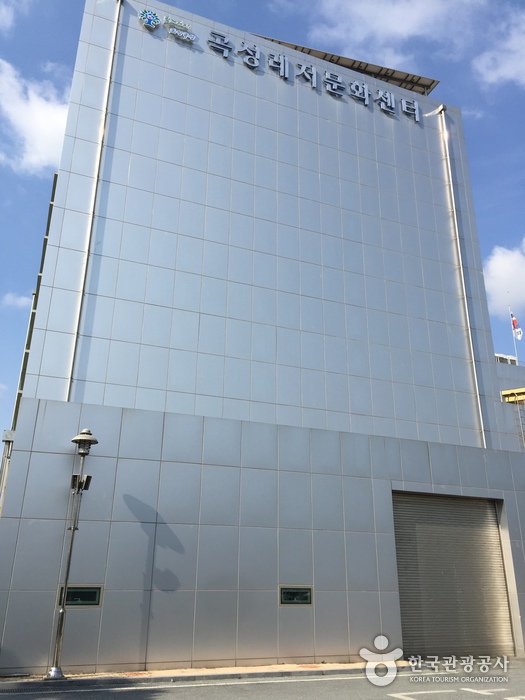
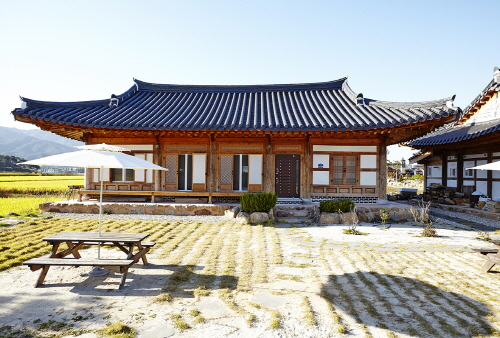
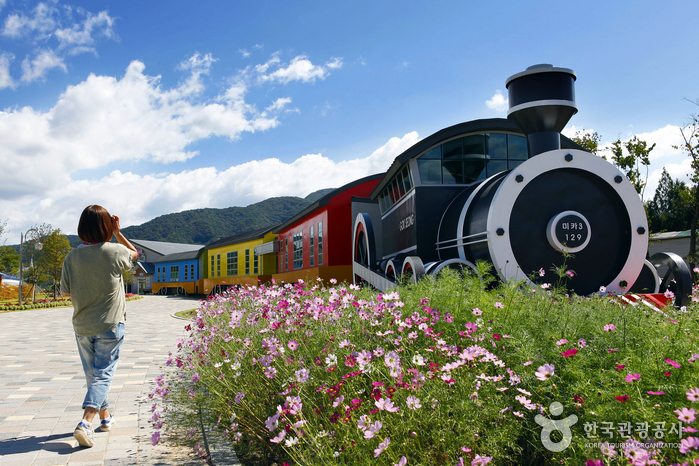
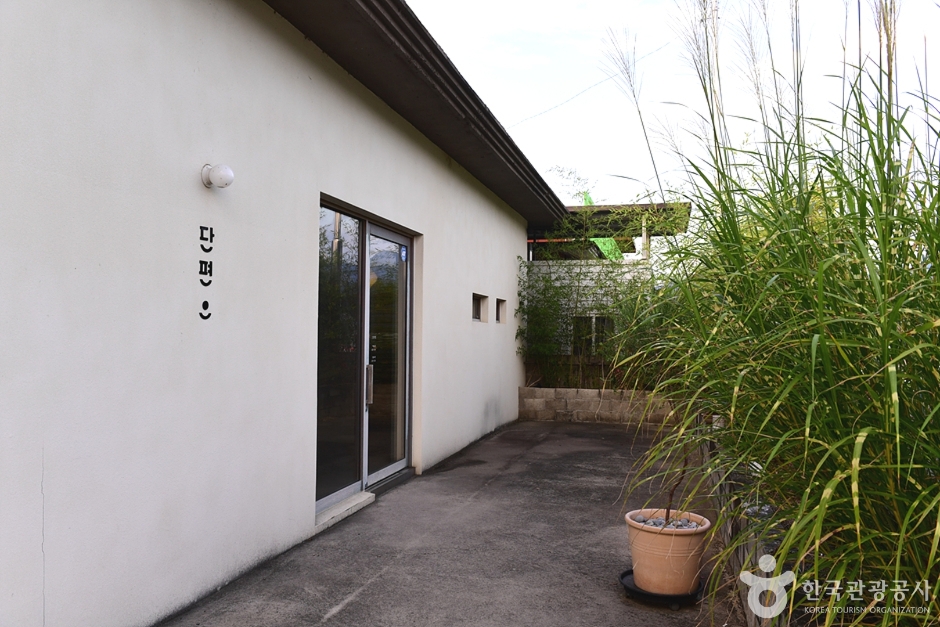
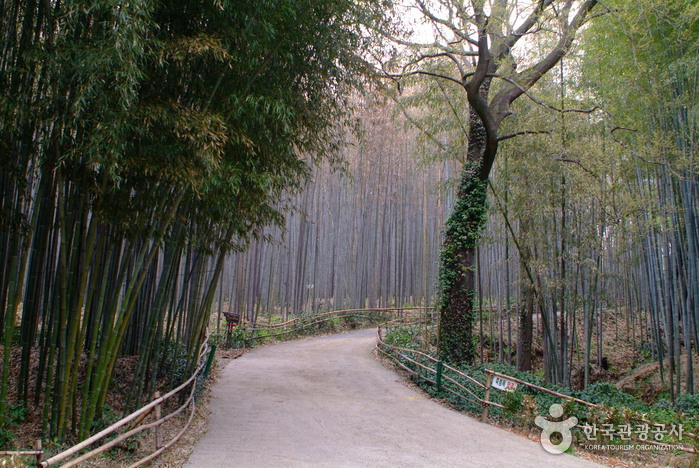
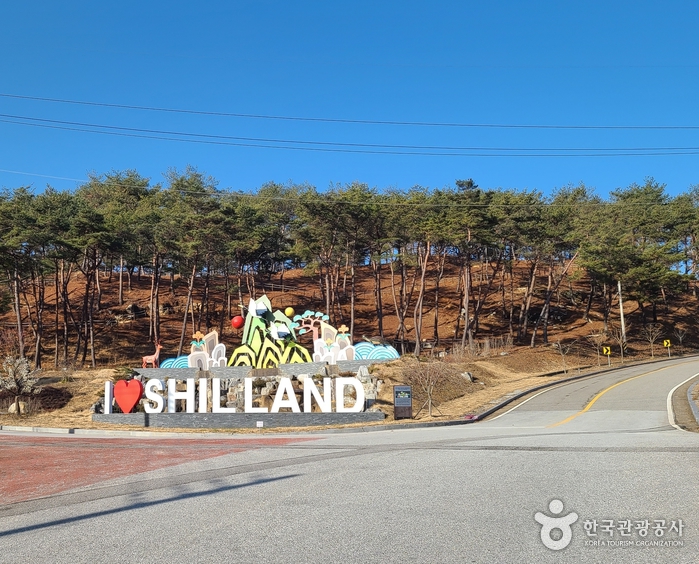
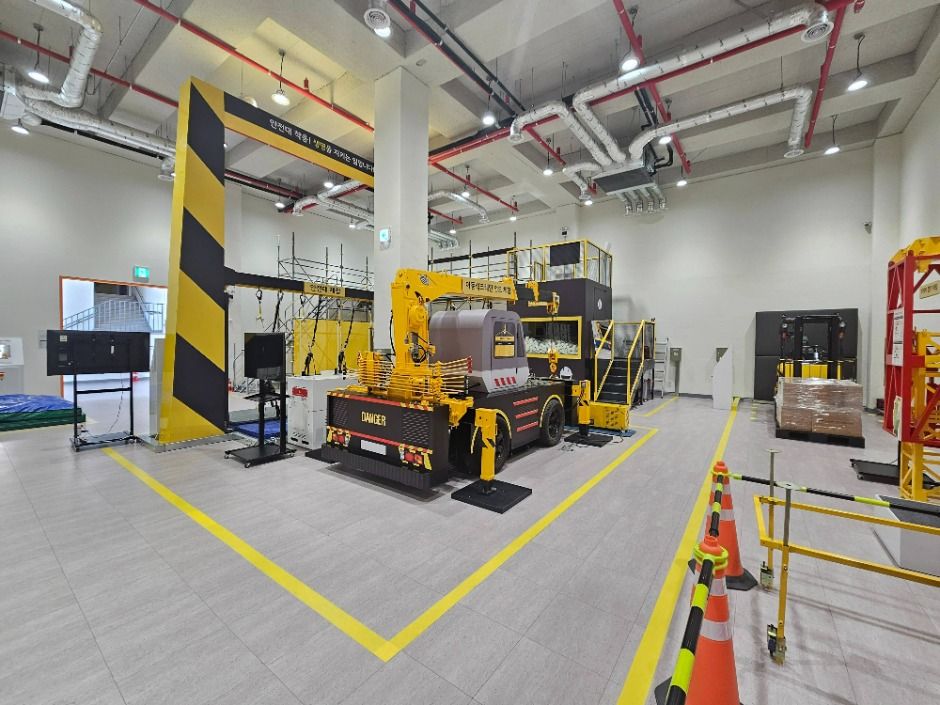
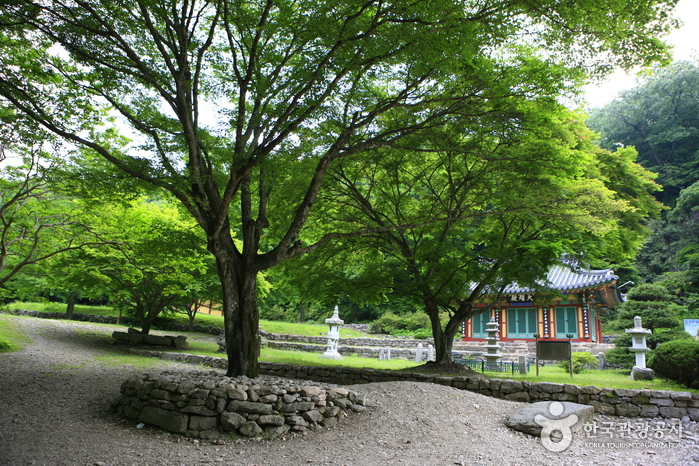
 English
English
 한국어
한국어 日本語
日本語 中文(简体)
中文(简体) Deutsch
Deutsch Français
Français Español
Español Русский
Русский